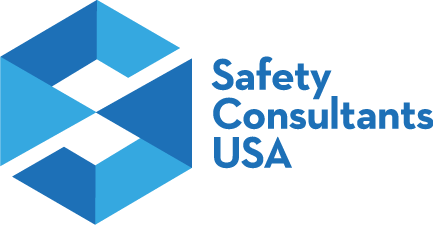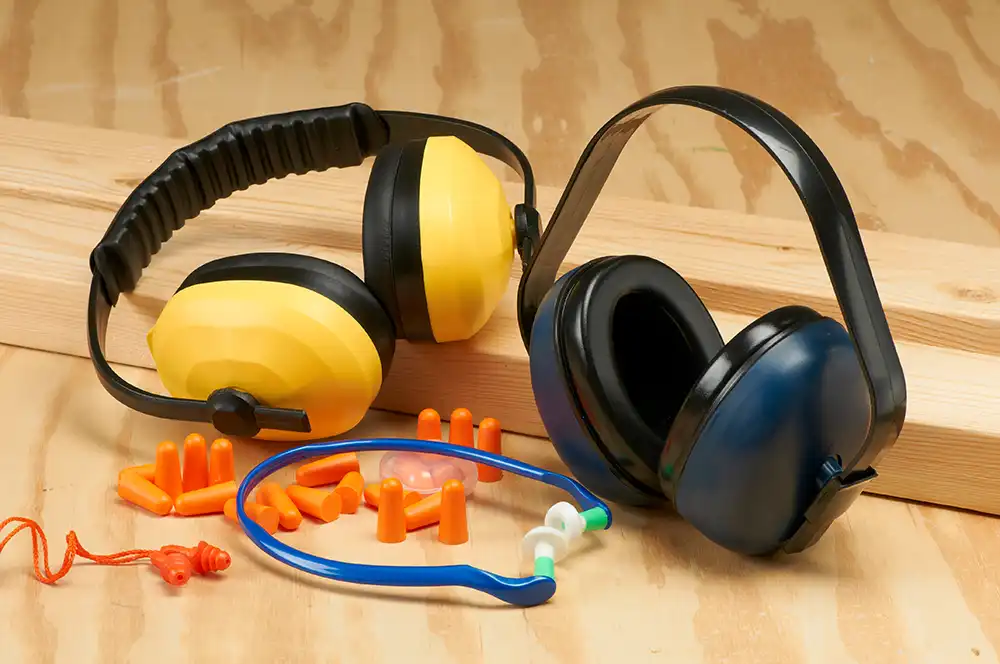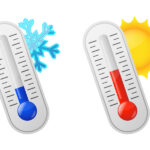Let’s break down the five most important things you need to know about workplace hearing protection.
1. Know When You Need a Hearing Protection Program
Is your workplace too loud? Here’s a simple rule: if workers have to raise their voices to be heard by someone three feet away, you may need a hearing protection program. According to OSHA, you must take action if noise levels reach 85 decibels over an 8-hour workday. This is about as loud as heavy city traffic or a busy restaurant.
To determine if your workplace requires hearing protection to be worn, you must conduct noise monitoring. It is possible that not all areas or job functions will require hearing protection, but noise monitoring is the only way to know for sure. If the noise levels are in question, you must conduct testing.
2. Start with the Workplace, Not the Worker
Before implementing a hearing conservation program and handing out hearing protection, look at engineering controls you can implement to reduce noise at its source first. This could mean:
- Installing sound barriers or absorption materials.
- Maintaining equipment properly to reduce unnecessary noise.
- Reorganizing the workspace to move noisy equipment away from people.
- Scheduling the noisiest work when fewer people are around.
Personal protective equipment (PPE) should be your last line of defense, not your first solution.
3. Choose the Right Protection for Your Workplace
Not all hearing protection is created equal. Different types of earplugs and earmuffs will provide different levels of protection; in some cases, double protection may be required.
You will also want to consider the work environment. When the following conditions exist, you may want to opt for specialty PPE that will offer more comfortable protection:
- High-temperature areas might make earmuffs uncomfortable.
- Some workers might need to wear other safety equipment, like hard hats.
- Communication needs vary by job role.
- Some environments require waterproof or chemical-resistant protection.
Provide options and let workers choose what works best for them. This will increase the likelihood of compliance with PPE requirements.
4. Test, Train, and Document
Your hearing protection program needs four key elements:
Noise monitoring is required if you suspect noise levels may reach action levels.
Noise monitoring is a component of industrial hygiene that measures noise levels in an area where an individual is exposed. Workplace noise sampling will measure which employees are at risk of hazardous noise exposure. This sampling, or monitoring, takes place over some time, generally a work shift, to determine if the noise exposure requires action. This should be documented initially and then redocumented if there are changes to a facility or work environment. Changes requiring new sampling include adding new equipment, moving to a new facility, increasing production that causes noisy equipment to run for extended periods, and implementing engineering controls that reduce noise levels below the action level.
Regular hearing tests for workers exposed to high noise levels.
You must conduct a baseline test for new employees within 6 months. Then, employees must be tested annually for changes in their hearing. Employees should be allowed access to the testing results.
Training on the proper use of hearing protection.
All employees must be trained in your program, its requirements, and the use and care of PPE that will protect their hearing from damage. This includes information on hearing loss, the results of not using PPE, and the importance of appropriately wearing PPE.
Documentation.
Save the results of your noise monitoring as you may be asked to produce this information to OSHA if a visit to your location raises a red flag for noise. It is not enough to have the monitoring completed; the results and the report from the monitoring must be saved. Ensure your training is delivered to all workers in a language they understand and that you maintain copies of sign-in sheets with legible names and dates training was completed. Documentation of hearing tests is essential and must be kept for at least 30 years per OSHA regulations, as hearing damage develops slowly.
5. Monitor and Adjust Your Program
A good hearing protection program isn’t “set it and forget it.” You need to:
- Regularly check that workers are using protection correctly.
- Listen to feedback about comfort and usability.
- Stay updated on new protection options and technologies.
- Review and update your program as workplace conditions change.
Frequently Asked Questions
Q: What exactly counts as “too loud”?
A: OSHA requires action at 85 decibels over an 8-hour workday. At 90 decibels, hearing protection becomes mandatory. For context, a normal conversation is about 60 decibels, and a lawn mower is about 90 decibels.
Q: How do I know if hearing protection is working effectively?
A: Hearing protection comes with a Noise Reduction Rating (NRR). To estimate real-world protection:
- Subtract seven (7) from the NRR.
- Divide by 2.
- Subtract this number from your workplace noise level.
For example, earplugs with NRR 30 in a 90-decibel environment are (30-7)/2 = 11.5, so their actual protection is around 78.5 decibels.
Q: What documentation do I need to keep?
A: Keep records of:
- Noise level measurements.
- Hearing tests (audiograms).
- Training sessions.
- Equipment purchases and maintenance.
- Any workplace changes affecting noise levels.
Keep these records for at least 30 years.
Q: Do I need to provide hearing protection for free?
A: Yes. Employers must provide hearing protection at no cost to employees when workplace noise reaches 85 decibels over 8 hours.
Q: What if workers refuse to wear hearing protection?
A: Wearing it isn’t optional when noise levels require hearing protection. Develop clear policies, provide training on why it’s important, and enforce rules consistently. Consider incorporating hearing protection compliance into your safety incentive programs.
Protecting your workers’ hearing isn’t just about following regulations – it’s about preventing permanent, life-changing damage. A good hearing protection program invests in your workforce’s long-term health and your company’s success.





